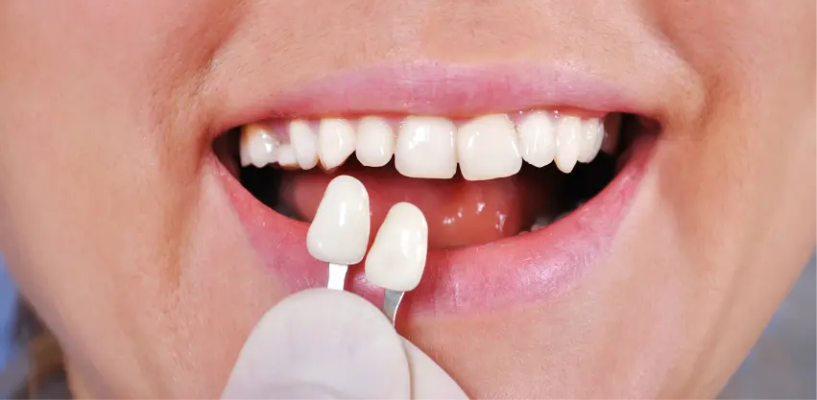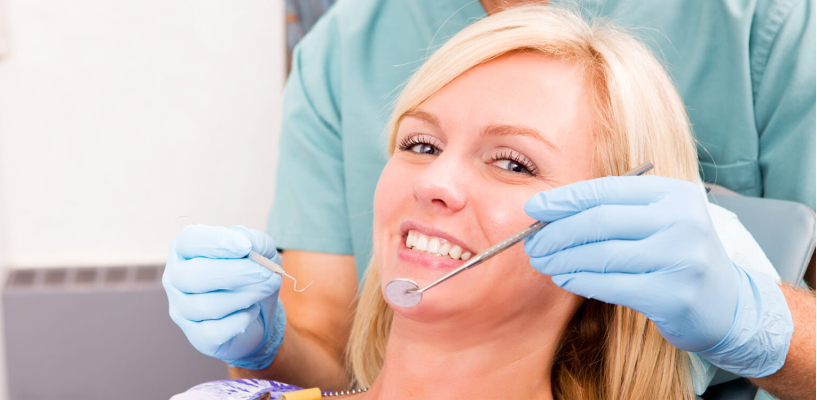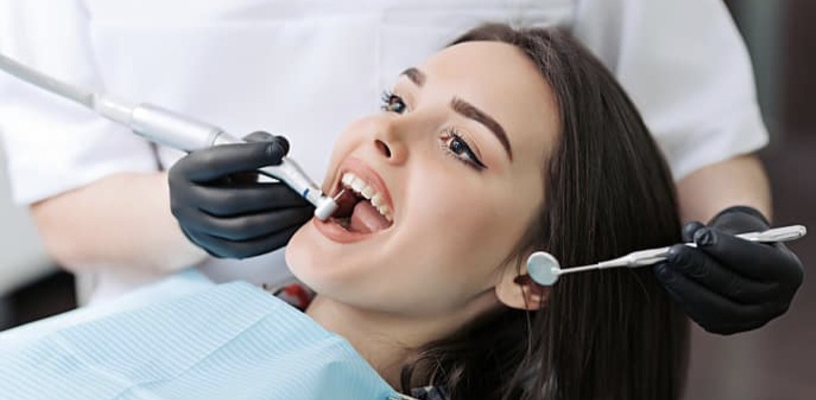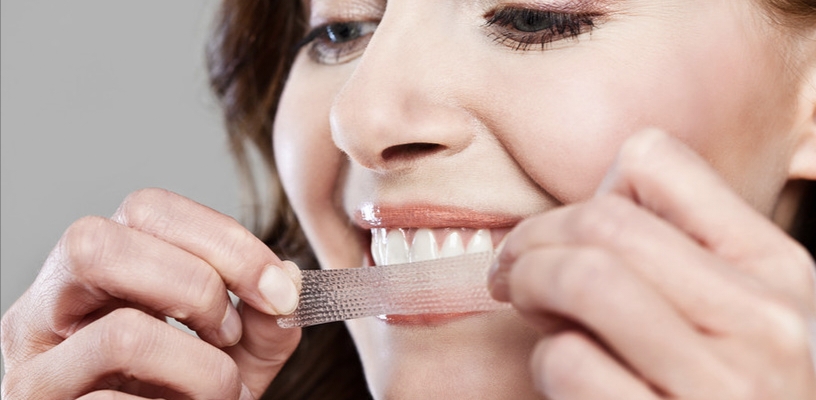
Dental Crown Before And After



Introduction to dental crowns
Dental crowns are made according to the convenience of a patient for dental restorations. They are especially designed to provide coverage or protection for a decayed, weakened, or damaged tooth. Dental crowns act as a cap that will fit in the visible portion of the tooth and helps to restore its shape, strength, and size.
Crowns are generally used when a tooth is not suitable for a filling or minor restoration. Therefore, it helps to preserve the tooth. Further, they can also be used after the root canal treatments to enhance the overall appearance of discolored teeth.
Types of dental crowns and their benefits
Dental crowns are composed of different materials such as ceramic, porcelain, metal, and zirconia. Each of them has their own advantages. For front teeth crowns porcelain and ceramic are an ideal choice whereas for molars metal and zirconia crowns are suitable. Following are the different types of dental crowns along with their benefits.
1. Metal Crowns
Metal crowns are composed of various alloys such as platinum, gold, and any base metals such as chromium and nickel. These crowns are a perfect choice for molars due to their durability and resistance to wear and tear. Metal crowns are known for protecting the original tooth as they require minimum removal of natural tooth structure. Further, their strength and longevity make them one of the most reliable choices for back teeth.
2. Porcelain Crowns
One of the most popular choices for natural appearance is porcelain crowns as they resemble the transparency and color of the natural teeth. Porcelain crowns are good choice for restoration of front teeth or those teeth that are located in highly visible areas. However, they are less durable but owing to latest advancements, their strength has improved drastically. Stain-resistant is one of the features that make them popular among people.
3. Porcelain-Fused-to-Metal (PFM) Crowns
PFM crowns are ideal when it comes to combining strength of metal base along with the aesthetic appeal of porcelain crowns. It is because the metal will provide strong foundation whereas porcelain provides real teeth appearance. They can be used for both front and back teeth.
4. Ceramic Crowns
Ceramic crowns are made from high-quality ceramics and provide a combination of aesthetics and durability. Those who are allergic to metals can use ceramic crowns as they are biocompatible. They are a great choice for front teeth restorations owing to their ability to look similar to surrounding teeth and natural look that they provide. Creamic crowns provide resistance to stains. However, they provide less durability in comparison to zirconia and metal crowns.
5. Zirconia Crowns
Zirconia crowns are popular choice due to two fundamental factors such as durability and strength. These crowns are made from zirconium dioxide which is a highly resistant material and has the capability of withstanding heavy biting forces. They can be used easily by patients as they are biocompatible and cause less irritation or are less susceptible to any allergic reactions.
6. Resin Crowns
If you are looking for cost-friendly option, then resin crowns are one of the ideal choices. These crowns are made from composite resin materials and have the capability to look exactly like natural teeth. However, they can chip easily and do not provide more durability. They are mainly used as temporary solutions until permanent crowns are made.
Understanding the process: From consultation to final result
The overall process of getting a dental crown may involve various steps that ensure that restoration is both aesthetically pleasing and functional.
-
Initial consultation: In this step, the dentist will assess the condition of your teeth and will determine whether dental crown is the right solution for you. They may even suggest for X-rays that will examine the roots of the tooth along with surrounding bones. They will even discuss various types of crowns with you and their preference according to their preferences and budget.
-
Tooth preparation: In this step, the dentist will try to remove any decayed or damaged parts of the tooth and will shape it in such a way that it is able to accommodate the crown. After then, the impression of the prepared tooth will be taken and the dentist will check whether it fits in the tooth correctly.
-
Placing of the temporary crown: The temporary crown will be placed until the permanent crown is being made that matches the size, shape, and color of the surrounding teeth.
-
Final appointment: In the final visit, the dentist will remove the temporary crown and will fit the permanent crown. The adjustments are made so that they fit to ensure proper bite, comfort, and alignment. The crown will then be fixed with dental adhesive.
If the dental crown is properly maintained and cared for, it may last for 5 to 15 years. However, regular check-ups is needed to maintain long-term success and oral hygiene.
Caring for Your Dental Crown
Proper care and maintenance are needed to extend the functionality and longevity of your crown. Crowns may be prone to decay or gum disease. However, they provide durability. Some tips to upkeep your crowns are as follows:
-
Brushing twice a day will help to maintain good oral hygiene with toothpaste that has fluoride in it.
-
Daily flossing is also essential to prevent from decay and prevent from plaque and bacteria developing in gums.
-
Try to avoid chewing hard objects or candies that may stick to your crowns and damage it.
-
Keep a balance in your eating habits to protect your natural teeth and crown.
-
Try to get regular dental check-ups to prevent any gum decay or tooth damage.
-
If you have a habit of grinding your teeth, try to wear a night guard that will prevent grinding of teeth.
Schedule an appointment if you want to get dental crowns
Dental crowns are suitable for those experiencing tooth damage and decay. The crowns will provide teeth restoration. If patients suffer from severe pain, consult an experienced dentist. They will help you get relief from severe pain and discomfort experienced after dental crowns.





